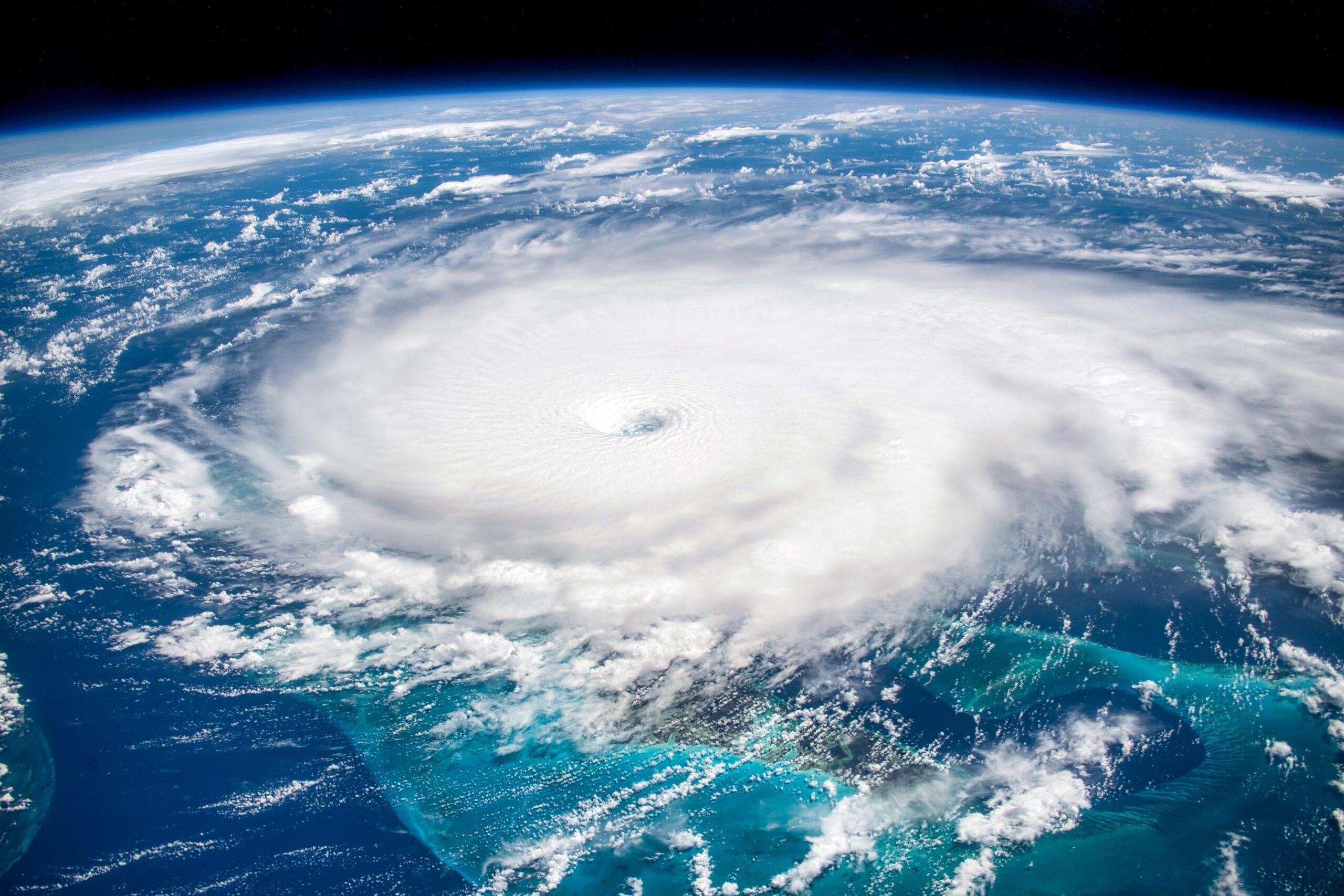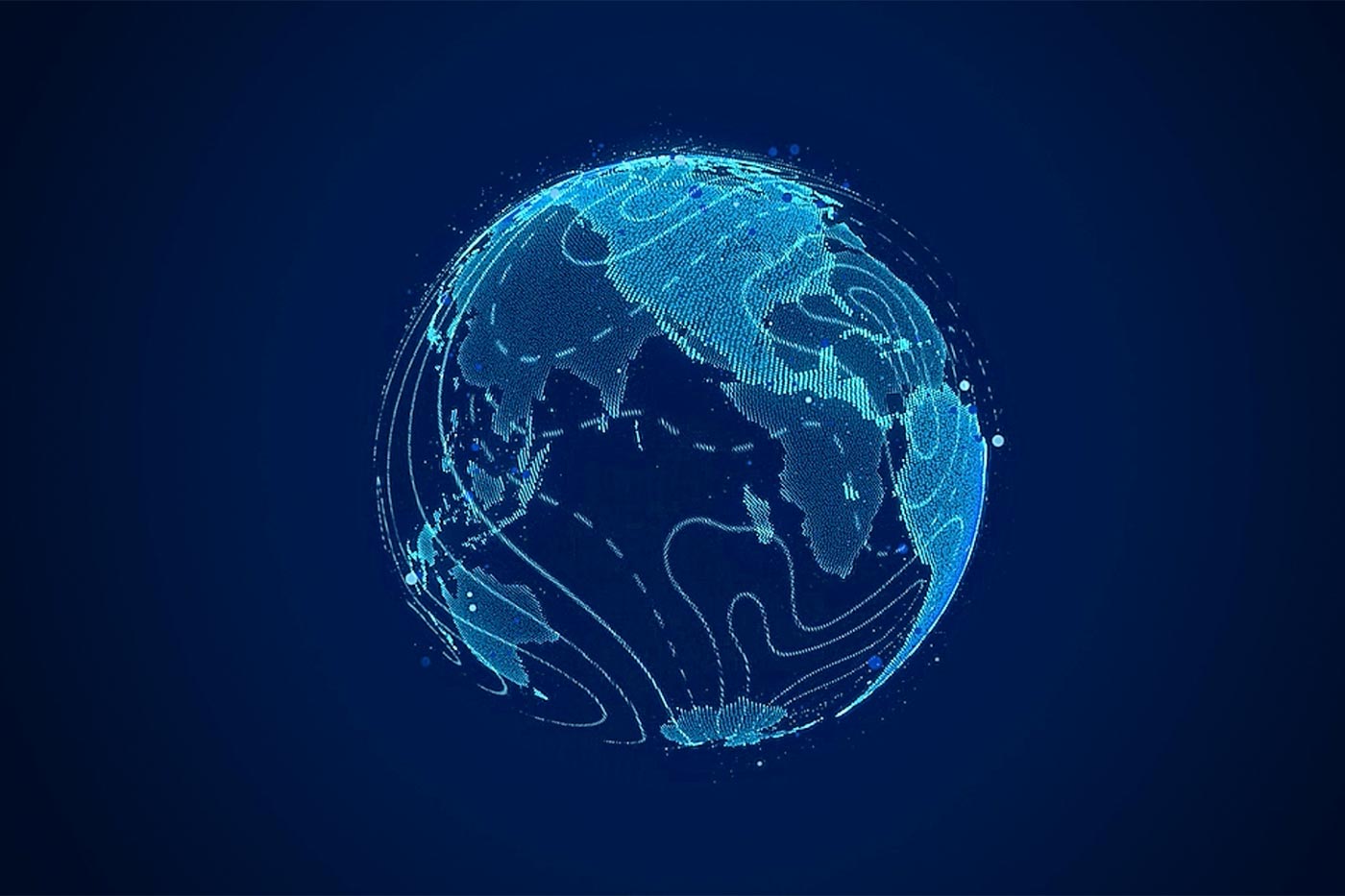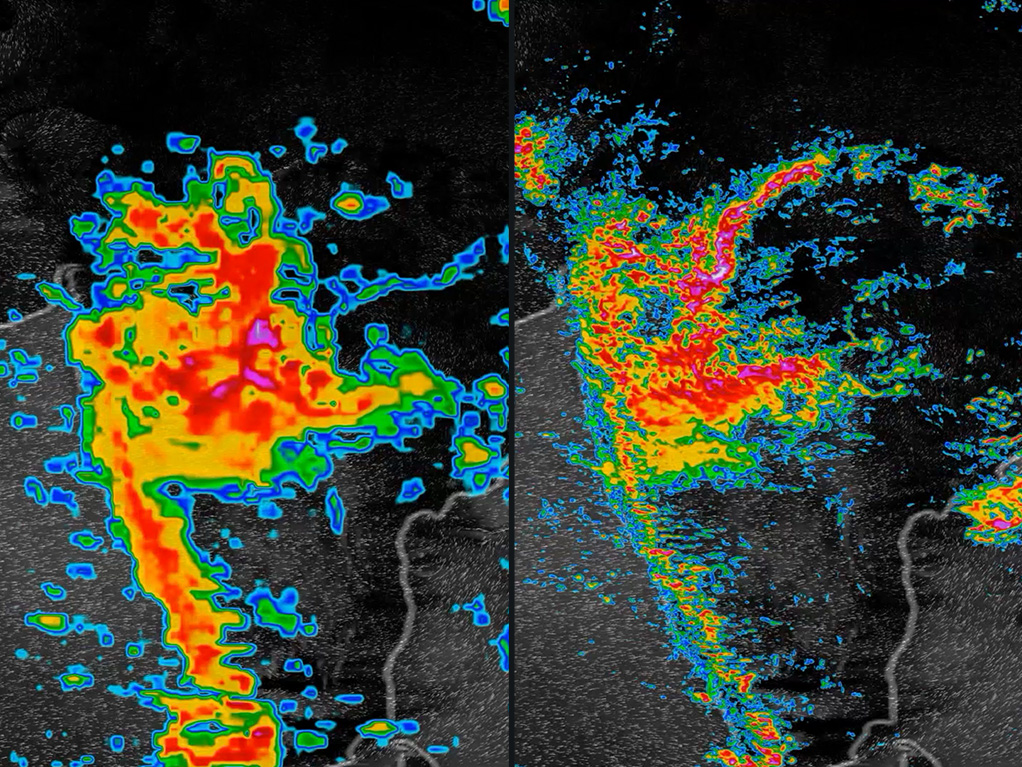Weather intelligence for the future: Crafting a strategic enterprise approach to changing environmental conditions
Continue readingEvery year on March 23, World Meteorological Day commemorates the founding of the World Meteorological Organization (WMO) and highlights the vital role meteorology has played in improving both daily life and long-term planning. It’s also a moment to reflect on how far the science of weather prediction has come and where it’s heading.
As we celebrate the 75th anniversary of the World Meteorological Organization in 2025, this year’s theme – “Closing the Early Warning Gap Together” – is more relevant than ever. As extreme weather events intensify, continued innovation in meteorology is essential.
The evolution of meteorology over these 75 years has been remarkable. In the 1950s, forecasts could barely predict 24 hours ahead with reasonable accuracy. Today, a five-day forecast is as accurate as a one-day forecast was in the 1980s.1 Hurricane track predictions have improved dramatically – the average three-day track error has decreased from over 300 miles in 1990 to less than 100 miles today.2
Now, artificial intelligence is taking the meteorological world by storm, and while it’s still early days, it shows immense promise when combined with foundational approaches and human expertise to solve some of the most exciting and challenging forecasting problems we face.
At The Weather Company, we’ve maintained an unwavering commitment to advancing meteorological science as the world’s most accurate forecaster.3 Through innovative technology and strategic partnerships, we’re striving to transform how people, businesses, and society understand, prepare for, and respond to weather.
Evolving our Global High-Resolution Atmospheric Forecasting System (GRAF)
A core component of our forecasting capabilities is the Global High-Resolution Atmospheric Forecasting System (GRAF), our proprietary weather modeling system that operates six times faster, updates six times more frequently, and has three times the resolution of competing models. This high frequency, high resolution approach helps detect sudden shifts in weather patterns anywhere around the globe, critical for people navigating day-to-day weather decisions as well as in industries like aviation, energy, and disaster response.
Developed in partnership with the U.S. National Research Foundation National Center for Atmospheric Research (NSF NCAR) and NVIDIA, GRAF plays a role in many of the most important forecast products and weather insights we deliver. Additionally, most improvements we make to GRAF are placed back in open-source, improving access to world-class forecasting capabilities for all.
Today, we are enhancing GRAF through a first-of-its-kind implementation of the Joint Effort for Data assimilation Integration (JEDI) data assimilation system in partnership with the University Corporation for Atmospheric Research (UCAR). This advanced approach significantly improves our ability to understand the current state of the atmosphere – the critical starting point for any forecast – by intelligently integrating a broader set of weather data and observations to paint a more accurate picture.
With JEDI, we will enhance our predictions and allow for improved early warnings of impactful weather, while also creating a stronger foundation to fuel the development of emerging AI methodologies.
New frontiers in AI
It’s impossible to discuss advancements in weather prediction without recognizing artificial intelligence’s transformative role. AI has been used in forecasting for decades, but today, a new breed of Deep Learning based AI models (DL-NWP) are showing the potential to improve the accuracy and granularity of predictions made by traditional models like GRAF.
One example of how this work is coming to life can be seen in our partnership with NVIDIA: together, we are developing a first-of-its-kind, kilometer-scale, AI-based numerical weather prediction model, trained with forecast data generated by GRAF.
AI also enables significantly more cost-effective forecast modelling. This efficiency opens the door to running not just one model at a time to make predictions, but hundreds or thousands, each with slightly different inputs or configurations, otherwise known as “ensemble forecasting.” The result is a comprehensive range of possible weather scenarios, rather than a single prediction, painting a much more complete picture of weather’s uncertainty. This ensemble approach, greatly enhanced by the advent of AI models, forms the foundation of what may be meteorology’s next great leap: probabilistic forecasting.
Beyond certainty: Probabilistic forecasting
Weather forecasts have traditionally been communicated with implied certainty: “Tomorrow will be 27°F with a 20% chance of snow.” This is known as deterministic forecasting, which provides a single, most-likely prediction of future weather.
Probabilistic forecasting changes the game, replacing single-value predictions with ranges and confidence levels of different outcomes. For example, if the 20% chance of snow mentioned above is associated with a blizzard that might pass nearby, the deterministic forecast may not give individuals the level of information they need to make important decisions. Probabilistic forecasting tells us more: while the most likely outcome is that the blizzard referenced above passes south of a certain location, there is still a 20% chance it will veer north and make a direct hit. And, if it does, there could be over a foot of snow, and even a 10% chance of two feet. Armed with that extra depth of information, one might make very different decisions, such as postponing a planned weekend drive to a time with less risk of hazardous conditions.
Beyond the implications for individuals, this approach transforms decision-making for business leaders. Imagine a shipping and logistics company responsible for transporting temperature-sensitive goods planning a cross-country shipment. A deterministic forecast might indicate a 60% chance of relatively benign weather posing little risk to that shipment. A probabilistic forecast might indicate the same, but also tell us there is a 30% chance of weather hot enough to impact the integrity of shipment and a 10% chance of temperatures that would result in a complete loss of that shipment. Knowing this, the company might choose to delay transport – even though the deterministic forecast indicates limited risk.
The potential applications go on and on:
- Aviation: Airlines can adjust fuel loads based on the probability of thunderstorms at the destination airport causing aircraft to circle around before landing.
- Agriculture: Farmers can make smarter decisions about irrigation and pest control timing based on accurate weather probabilities.
- Insurance: Providers can issue timely alerts to homeowners about impending hail or flooding based on customers’ tolerance to different levels of risk.
This approach acknowledges the inherent uncertainty in weather prediction by providing more nuanced, actionable intelligence for complex business decisions. The result is better risk management, resource allocation, and ultimately, competitive advantage. By embracing probabilistic forecasting, we aren’t just forecasting weather – we’re forecasting decisions, driven by data and fueled by AI, to create a more resilient future.
The power of partnerships: Advancing weather science together
No organization advances meteorology alone. Innovation thrives through collaboration, which is why we work with the brightest minds in science and technology to push the boundaries of weather forecasting. Our partnerships with UCAR, NOAA, NVIDIA, and numerous other scientific and technology organizations exemplify the collaborative spirit of this year’s World Meteorological Day theme and are absolutely core to the work we do every day.
As we pioneer the next generation of forecasts, our commitment remains unchanged: delivering the most accurate, science-driven weather information to help people, businesses, and communities around the globe make better decisions. On this World Meteorological Day, as we celebrate 75 years of progress, we also look ahead to the future, where advancements like probabilistic forecasting will empower society to navigate increasingly volatile weather patterns with greater confidence.
Ultimately, together with scientists and innovators worldwide, we’re shaping a world where weather resilience is stronger than ever.
Let's talk
To learn more about harnessing the power of weather to make better, more informed decisions across industries, contact our experts today.
Contact us1 Bauer et al., Nature, 2015
2 NOAA, 2023
3 ForecastWatch, Global and Regional Weather Forecast Accuracy Overview, 2021-2024, commissioned by The Weather Company



